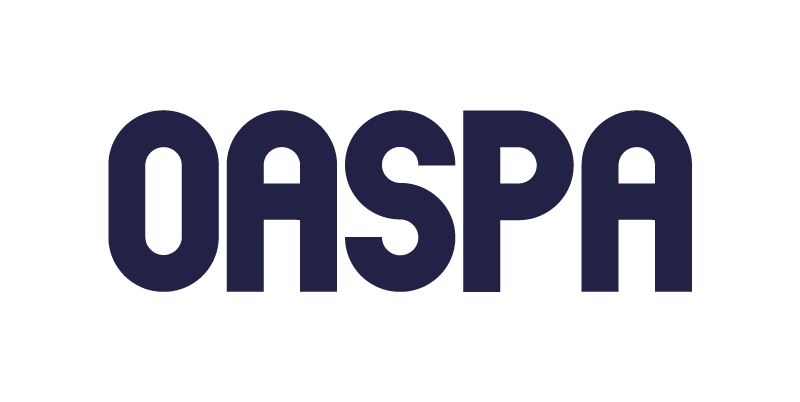Normalize and De-Normalize of Relative Permeability Data for Mishrif Formation in WQ1: An Experimental Work
DOI:
https://doi.org/10.31699/IJCPE.2022.4.9Keywords:
relative permeability, absolute permeability normalization, de-normalizationAbstract
In many oil-recovery systems, relative permeabilities (kr) are essential flow factors that affect fluid dispersion and output from petroleum resources. Traditionally, taking rock samples from the reservoir and performing suitable laboratory studies is required to get these crucial reservoir properties. Despite the fact that kr is a function of fluid saturation, it is now well established that pore shape and distribution, absolute permeability, wettability, interfacial tension (IFT), and saturation history all influence kr values. These rock/fluid characteristics vary greatly from one reservoir region to the next, and it would be impossible to make kr measurements in all of them. The unsteady-state approach was used to calculate the relative permeability of five carbonate for core plugs from the Mishrif formation of WQ1. The relative permeability calculated by using Johnson, Bossler and Naumann (JBN) Correlation, which is, consider one of the unsteady-state approach where it found that the core plugs are water wet. A normalizing approach has been used to remove the effect of irreducible water and residual saturations, which would vary according on the environment. Based on their own irreducible water and trapped saturations, the relative permeabilities can subsequently be de-normalized and assigned to distinct sections (rock types) of the reservoir. The goal of this research is to normalize the relative permeability that was determined through water flooding.
Received on 06/07/2022
Accepted on 31/08/2022
Published on 30/12/2022
References
HONARPOUR, M. M., DJABBARAH, N. F. & SAMPATH, K. Whole core analysis-experience and challenges. Middle East Oil Show, 2003. Society of Petroleum Engineers.
Richard O. Baker et al. “Practical Reservoir Engineering and Characterization” Department of Chemical and Petroleum Engineering, University of Calgary, Canada, 2015.
Amir Jahanbakhsh et al “Relative Permeability Normalization - Effects of Permeability, Wettability and Interfacial Tension “SPE-170796-MS, 2014.
Mawla, R. A., & Al-Saadoon, F. T. (1978, January 1). Normalization Techniques and Interpretive Practices of Relative Permeability Curves Of Reservoir Rocks. Society of Petrophysicists and Well-Log Analysts.
Pyle, H. C, and Sherborne, J. E.: Trans. AIME (1939), Impact of Research on Oil Recovery 132, 33.
Meissner, J. P., Wang, F. H. L., Kraiik, J. G., Majid, A., Naguib, M., Omar, M. 1., & & Al-Ansari, K. A. (2009, January). State of the art special core analysis program design and results for effective reservoir management, Dukhan Field, Qatar. In International Petroleum Technology Conference. International Petroleum Technology Conference.
AHMED, T. 2010. Reservoir engineering Handbook Gulf Professional Publishing. Houston.
DAKE, L. P. 1983. Fundamentals of reservoir engineering, Elsevier.
Hussain Ali Baker et al,” Permeability Prediction in Carbonate Reservoir Rock Using FZI” Iraqi Journal of Chemical and Petroleum Engineering, Vol.14 No.3 (September 2013).
Danesh, A., Todd, A. C., Somerville, J. et al. 1990. Direct Measurement of Interfacial Tension, Density, Volume, and Compositions of Gas Condensate System. Chem. Eng. Res. Des. 68.
Tariq M. Naifea et al “Treatment of Used lubricant Oil by Solvent Extraction” Iraqi Journal of Chemical and Petroleum Engineering, Vol.23 No.1 (March 2022).
Wattan, A.R. “investigation of smart water flooding in Mishrif and Zubair Reservoirs in West-Qurna-1 oil field”, PhD dissertation, Baghdad university, 2022.
Jalal Abdulwahid et al “Estimation Liquid Permeability Using Air Permeability”, Iraqi Journal of Chemical and Petroleum Engineering, Vol.15 No.1 (March 2014).
Ahmed Noori, et al “Using Different Surfactants to Increase Oil Recovery of Rumaila Field (Experimental Work)” Iraqi Journal of Chemical and Petroleum Engineering, Vol.17 No.3 (September 2016).
Downloads
Published
Issue
Section
License
Copyright (c) 2022 Iraqi Journal of Chemical and Petroleum Engineering

This work is licensed under a Creative Commons Attribution-NonCommercial 4.0 International License.












